For the first time in more than a decade, electric vehicles (EVs) have been removed from the list of strategic industries in China's five-year plan (2026-2030).
The news from Reuters on October 29 dealt a psychological blow to the global auto market. More than just a simple policy change, this is the clearest signal yet that Beijing is ready to "wean" an industry it has devoted hundreds of billions of dollars to nurturing.
The move comes as China’s electric vehicle industry, despite dominating the world , is facing severe overcapacity and a brutal “race to the bottom” price war. As the “milk” of subsidies dries up, a bloody purge is predicted to be inevitable.
The lesson from China is also a warning for other markets, like the US, where electric vehicle sales are plummeting as incentives disappear.

For the first time in more than 10 years, China has removed electric vehicles from its strategic industry amid an oversupply crisis (Photo: ET Auto).
When the "favorite child" has to walk on its own
The decision by China’s top policymakers is seen by analysts as a declaration that the electric vehicle industry has “come of age.” After years of massive subsidies, the industry’s development will now be subject to market rules.
“This is an official acknowledgement that electric vehicles no longer need to be a policy priority. Subsidies will gradually disappear,” Dan Wang, China director at Eurasia Group, told Reuters.
In the previous three five-year plans, new energy vehicles (NEVs), including electric vehicles, plug-in hybrids, and fuel cell vehicles, were always on the strategic list. The policy poured billions of dollars to encourage both production and consumption.
The Center for Strategic and International Studies (CSIS) 2024 report estimates that the Chinese government has spent at least $230 billion since 2009 to support domestic giants like BYD. This figure does not even take into account large incentives from local governments.
The results have been impressive. China has built a comprehensive supply chain that has spawned giants like BYD and turned the country into the world’s largest NEV market. By July 2024, NEVs will account for more than 50% of total car sales, a goal it achieved 10 years earlier than originally planned.
But that rapid growth comes at a high price.
Overpopulation of engineers and entrepreneurs
China’s success is also said to be the seed of the current crisis: severe overcapacity. According to research firm Jato Dynamics, 93 of 169 carmakers in China have a market share of less than 0.1%. Many domestic carmakers follow policy-set production targets rather than actual market demand.
Dan Wang, now a research fellow at the Hoover Institution at Stanford University, described to Business Insider that China's electric vehicle market is saturated because "there are too many entrepreneurs, too many engineers, and too many local governments that want to nurture their own 'champions'."
It is this generous support and subsidies that have encouraged even large technology corporations such as Huawei and Xiaomi to expand into the automotive sector, creating a fiercely competitive environment. "That makes companies launch a series of similar products, slash prices mercilessly and hope that their competitors run out of capital before them," Mr. Wang commented.
It’s a “race to the bottom” on price, and the consequences are showing up in financial reports. Last August, BYD, despite being the dominant player, reported a 30% drop in second-quarter net profit from the same period last year. The giant admitted that short-term profits were being dragged down by excessive marketing spending and price cuts.
“At the national level, there is no need to focus too much on NEVs as that could exacerbate overcapacity,” Tu Xinquan, dean of the Institute of WTO Studies at the China University of International Business and Economics, told Reuters.
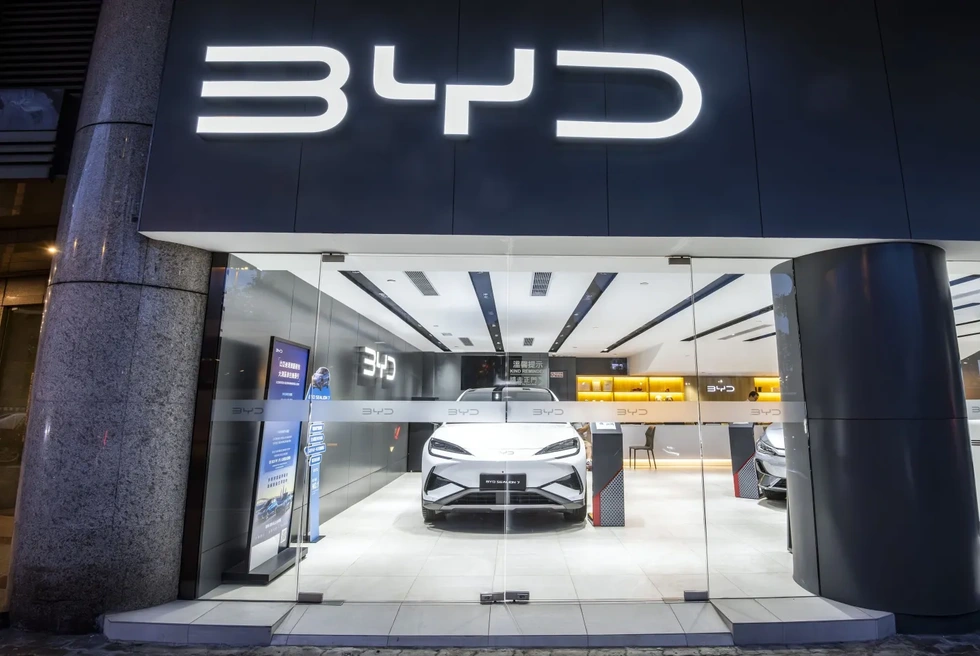
Second-quarter profits of BYD, the “king” of Chinese electric cars, fell 30% due to price cuts and excessive marketing costs (Photo: Getty).
The Forced Purge: Who Stays, Who Disappears?
Being removed from the five-year plan does not mean EVs are out of favor. A Chinese policy adviser, who spoke on condition of anonymity, said NEVs are still extremely important in terms of exports and supply chains. But the change means automakers will have to compete on market strength.
The Chinese government has ended its electric vehicle purchase subsidy program at the end of 2022 and plans to end tax incentives for car purchases in 2027. When the "milk" dries up, a large-scale elimination is predicted.
Xpeng CEO He Xiaopeng once told The Straits Times that most Chinese automakers would not survive beyond the next decade. “I believe there are only about seven major automakers left,” he said.
So who will survive?
Analysts say the market will be sharply differentiated. Cui Dongshu, secretary general of the China Passenger Car Association, said the government will push manufacturers to focus on product innovation and curb the production of low-quality cars.
Shaochen Wang, an analyst at Counterpoint, points out two main paths to survival:
First is the cost advantage. Companies like BYD and Leapmotor are strengthening their positions by vertically integrating their supply chains and continuously introducing cheaper, more cost-effective products.
Second is the technological advantage. New players like Xiaomi and the HIMA (Huawei) alliance attract users thanks to their brand power and advanced smart technology.
Car companies without a clear core advantage will be the first to be wiped out.
The shock of "removing subsidies" and obvious lessons from the US
If China is proactively "reducing" subsidies in a planned manner, the US market shows a "drug shock" scenario when the incentives suddenly disappear.
According to The Autopian, preliminary figures from JD Power paint a dire picture: EV sales in the US in the first half of October could plunge as much as 43% compared to the same period last year. More notably, the share of EVs in total vehicle sales could fall from nearly 13% in September to just 5% in October.
That’s because a series of federal incentives for buying electric vehicles, building battery plants and installing charging stations have been cut, and regulations on emissions (CAFE) have also been loosened.
Karl Brauer, senior analyst at iSeeCars, told Automotive News bluntly: "The loss of tax credits coupled with loose emissions regulations has caused automakers to refocus on profitable gasoline and hybrid models instead of continuing to lose money on electric vehicles."
Mr. Brauer predicts that after the market stabilizes, the share of new electric vehicles in the U.S. could fall to just 4-6%. With such a small market share, automakers “will have no incentive to produce unless they can make at least some profit.”
This seems to be pushing the US market into a vicious cycle. In the low-end segment, a few companies sell cheap cars like Chevy Bolt, Tesla Model 3 but with low production, making electric cars increasingly rare. Meanwhile, the high-end segment still exists and is profitable, but only for those with means.
Much of the market is left out, a blow to the push for electric vehicle adoption, which has been hampered by high costs and inadequate charging infrastructure.

Electric cars are suitable for many people, but without subsidies, the market picture becomes completely different (Photo: FT).
Europe - another way?
While China struggles with oversupply and the US sees a sharp decline, European markets appear to be finding a steadier path.
Pure electric vehicles (BEVs) accounted for 16.1% of the market in September, while hybrids remained the top choice at 34.7%, according to the European Automotive Industry Association. The combined market share of petrol and diesel vehicles fell from 46.8% to 37%.
The most obvious difference, according to The Autopian, is that Europe has more small, affordable cars. This helps the demand for electric cars to be popularized in a more natural and sustainable way, instead of relying entirely on subsidies or expensive luxury models.
China’s pivot is not just a domestic issue. It signals the end of the era of “easy money”—an era in which electric car companies could grow at breakneck speed, burning through billions of dollars of investor and government funds without worrying about profits.
Now, from Shanghai to Detroit, automakers are facing a harsh reality: subsidies won't last forever, and consumers won't buy electric cars just because they're "green."
The global electric vehicle war is entering phase 2. This is no longer a race to see who can raise more capital, but a survival battle to see who can produce electric vehicles at low enough costs, with attractive enough technology, and most importantly, profitably without the need for a subsidy "lifebuoy".
Source: https://dantri.com.vn/kinh-doanh/trung-quoc-ngung-bom-tien-cho-xe-dien-ky-nguyen-tien-de-toan-cau-co-het-20251030185720755.htm










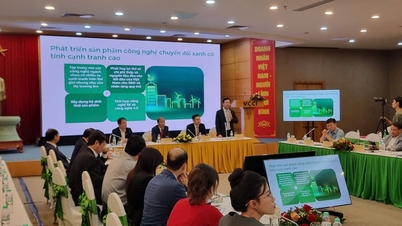
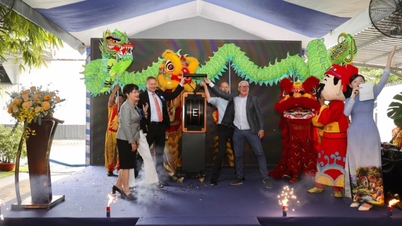




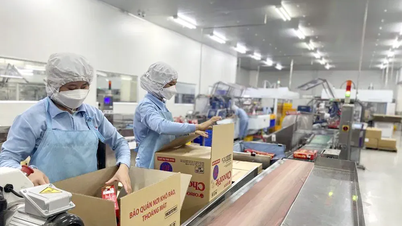








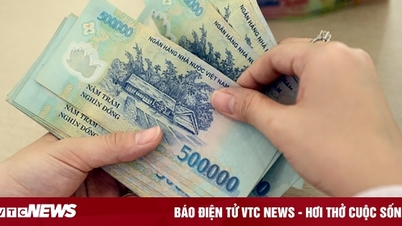





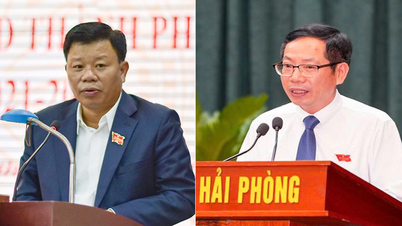

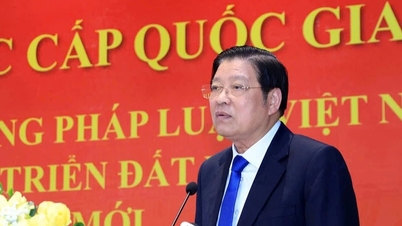

























































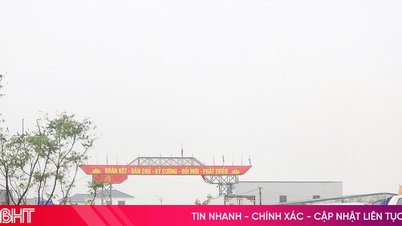

















Comment (0)